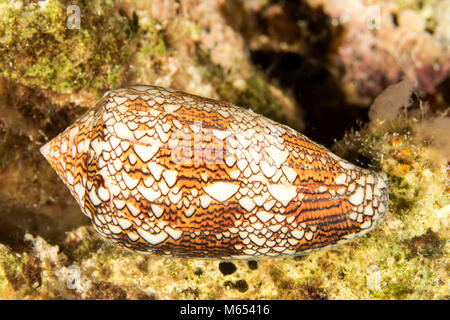
Recent proteomic studies of the venom peptides dissected from C. Species that sting prey multiple times during a single feeding event may have compositional changes in the venom they inject that may allow them to slow, and finally, subdue prey. The recovery of prey from paralysis is not an issue for many worm-hunting and fish-hunting species that inject prey only once before engulfment the barbed radular tooth remains affixed to the stung prey and tethered to the snail –. It is common to see a prey item become stunned for a short period of time following the first injection of venom and then recover coordination and motility. During prey capture by the mollusc-hunting cone snail, Conus textile, the prey is typically not completely stunned or killed by a first venom injection and requires multiple injections before engulfment commences. Observations of the mollusc-hunting cone snails during feeding reveal that prey are often injected multiple times in succession. Ĭone snails employ a distensible proboscis to hydraulically propel a hollow radular tooth into prey, serving as a conduit for the passage of venom. Studies on the fish-hunter, Conus striatus, indicate that venom analyzed from the dissected duct is more complex than the injected venom from the same animal, revealing that mechanisms for venom peptide sorting, packaging, and/or selective delivery into prey must exist. While studies on injected venom have become more common in fish-hunting cone snails, this approach has not been widely applied to the analysis of venoms from mollusc-hunters with the recent first analysis of pooled prey-injected venom samples from a mollusc-hunter, C. Studying venom variation, and the processes that regulate it, could aid in tapping into the vast amount of venom peptide diversity that has evolved within the genus Conus. Other venomous animals such as snakes and scorpions have been shown to exhibit variation due to diet or hunting strategy –. These instances of variation might be explained by stochastic, genetic as well as individual differences in age, size, or geographic location. Interspecies venom variation is also well established and recent studies have demonstrated that intraspecific variation exists in the composition of prey-injected venom peptides from several fish-hunting species –. It is widely accepted that each feeding group, if not each species, has its own set of unique venom profiles used to target the species' prey.


The funders had no role in study design, data collection and analysis, decision to publish, or preparation of the manuscript.Ĭompeting interests: The authors have declared that no competing interests exist.ĭuring the last 50 million years, cone snails (genus Conus) have evolved into hundreds of species with prey preferences that generally fall within three categories: fish-hunters, worm-hunters, and mollusc-hunters. Schulz Howard Hughes Medical Institute Award for Undergraduate Research to Occidental College Science Scholars Program at Occidental College. This is an open-access article distributed under the terms of the Creative Commons Attribution License, which permits unrestricted use, distribution, and reproduction in any medium, provided the original author and source are credited.įunding: This work was supported by the following sources: NIH 1R15NS059024 awarded to J.R. Received: DecemAccepted: Published: June 18, 2014Ĭopyright: © 2014 Prator et al. PLoS ONE 9(6):Įditor: Frederique Lisacek, Swiss Institute of Bioinformatics, Switzerland Changes in venom composition during hunting may represent a multi-step strategy utilized by these venomous animals to slow and incapacitate prey prior to engulfment.Ĭitation: Prator CA, Murayama KM, Schulz JR (2014) Venom Variation during Prey Capture by the Cone Snail, Conus textile. While it is unclear why mollusc-hunting cone snails inject prey multiple times prior to engulfment, our study establishes for the first time a link between this behavior and compositional changes of the venom during prey capture. The qualitative results obtained by MALDI-ToF mass spectrometry are mirrored by quantitative changes in venom composition observed by reverse-phase high performance liquid chromatography. textile individuals alter the composition of prey-injected venom peptides during single feeding events. textile individuals, allowing us to investigate venom compositional variation during prey capture. We have successfully obtained multiple injected venom samples from C. While studies on the venom peptides injected by fish-hunting cone snails have become common, these approaches have not been widely applied to the analysis of the injected venoms from mollusc-hunters.

Observations of the mollusc-hunting cone snail Conus textile during feeding reveal that prey are often stung multiple times in succession.


 0 kommentar(er)
0 kommentar(er)
